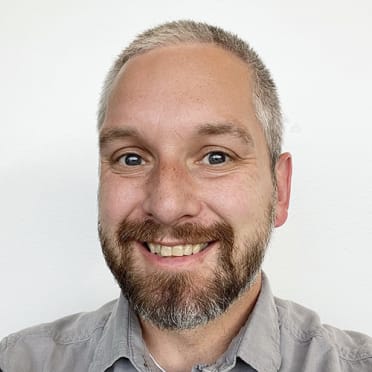How Bellinger's return could forge Cubs' offseason path
This story was excerpted from Jordan Bastian’s Cubs Beat newsletter. To read the full newsletter, click here. And subscribe to get it regularly in your inbox.
CHICAGO – Near the end of last season, Cody Bellinger expressed belief in the makeup of the Cubs’ roster and the potential to reach the postseason next year. Asked about his own situation, Bellinger said his family would be his top priority when deciding whether to stay with Chicago or enter free agency again.
On Saturday, sources told MLB.com that Bellinger had informed the Cubs that he planned on exercising his player option for 2025, keeping him in the fold for at least one more season. Here are three questions in the wake of that decision, which will have a ripple effect on how the ballclub tackles its offseason.
1. How does this affect the Cubs’ outfield?
In each of the past two seasons, Bellinger was Chicago’s main option for center field. That changed last year with the arrival and second-half surge of Pete Crow-Armstrong. Bellinger is a solid fallback option for center, but Crow-Armstrong will be the regular up the middle. Ian Happ is locked into left field.
Over the final two months last season, Bellinger mostly patrolled right field for the North Siders, and that is likely where he would fit again for this roster. Obviously, Seiya Suzuki also plays right field, but he shifted mostly to designated hitter down the stretch and found a routine that helped him adapt to that role.
Behind that group, the Cubs will have to think long and hard now about whether to tender a contract to arbitration-eligible Mike Tauchman, who is a solid fourth outfielder, can play all three spots and offers consistently professional at-bats. Part of the calculus is the fact that prospects Owen Caissie (No. 34 on Pipeline’s Top 100 list) and Kevin Alcántara (No. 67) are waiting in the wings.
2. What’s the best path to add to the offense?
Had Bellinger opted out of his contract and departed via free agency, the Cubs likely would have targeted a player to fill that corner outfield/DH role. With Bellinger staying put, adding an additional outfielder becomes more complicated.
Improving the catching depth will be one route the Cubs are likely to take, even with the second-half emergence of Miguel Amaya. Beyond that, Chicago needs more information on the potential comeback schedule for second baseman Nico Hoerner (flexor tendon surgery on his right arm in October).
Let’s say Hoerner is not ready for Opening Day. The Cubs could consider first baseman Michael Busch as a temporary solution at second, especially with Bellinger’s ability to play first. Third baseman Isaac Paredes also has innings under his belt at second earlier in his career with the Rays. These are all data points in Chicago’s search for offensive help.
3. Could the Cubs consider a trade in the name of roster flexibility?
Bellinger’s decision to pick up his player option with the Cubs for next season guarantees his $27.5 million salary for ‘25. It also gives him one more season to build his potential free-agent value back up, considering he has another decision on an opt-out clause ($25 million salary or $5 million buyout) before the ‘26 season.
What Bellinger has not guaranteed is that the Cubs’ front office will not at least examine his value on the trade market right now. That would simply be due diligence. The rest of the roster is not immune from this conversation, either. Bellinger’s decision to stay made adding an additional impact bat more challenging, so exploring trades of all types only makes sense.

